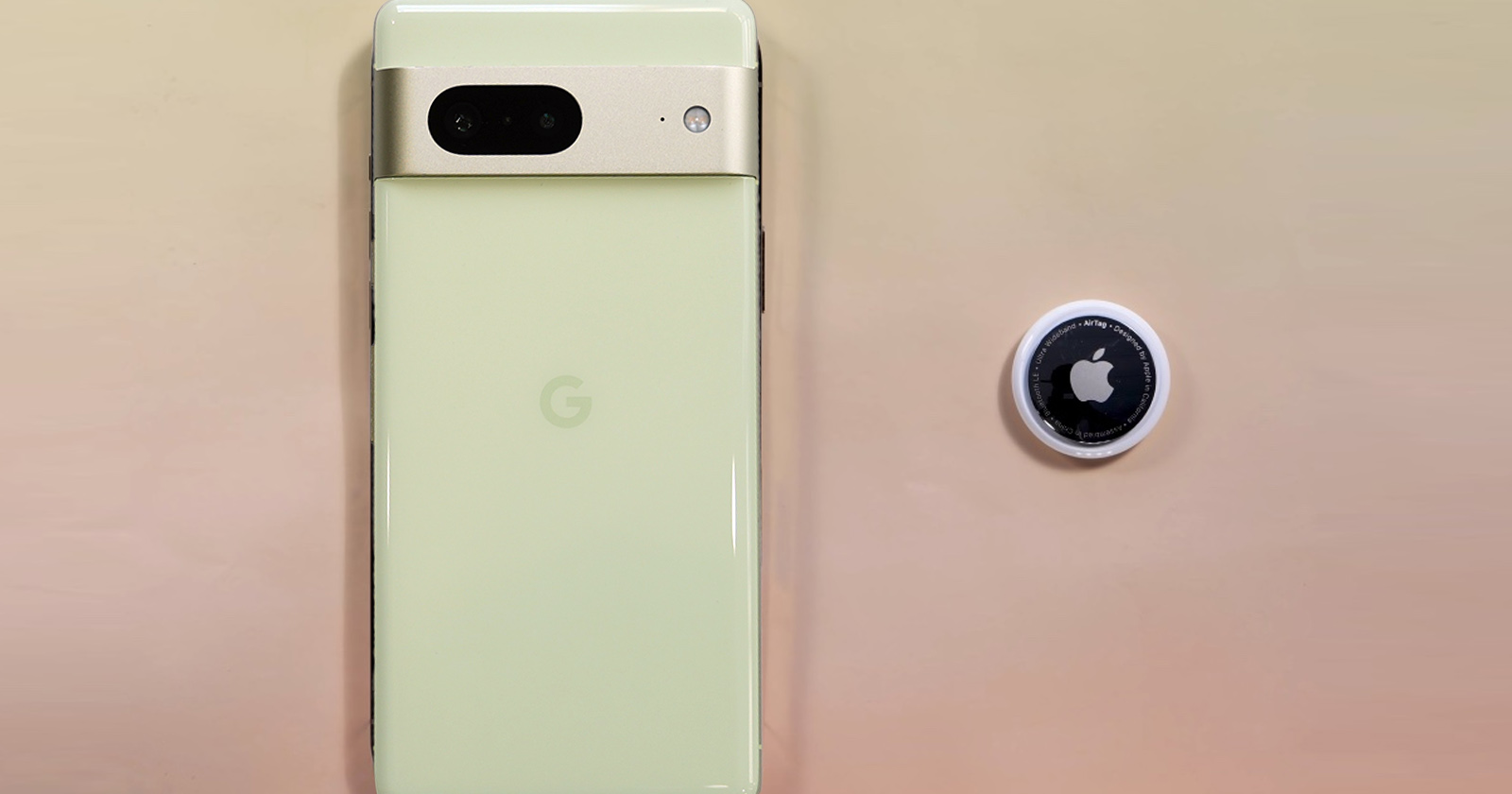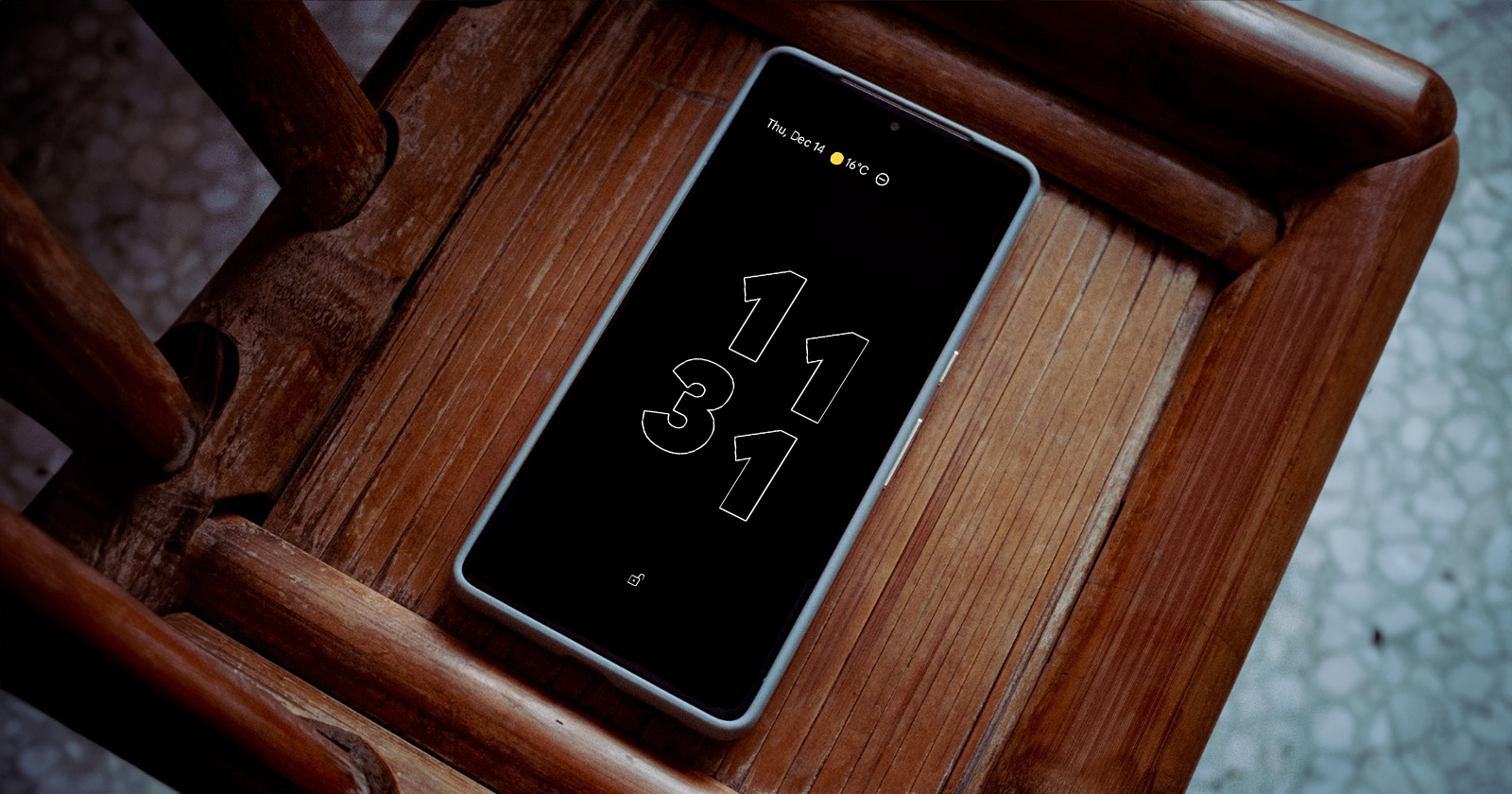Now, lots of phones and gadgets can charge wirelessly, so you don’t need cords. But, users may have noticed that wireless charging is often slower than charging with a wire. In this article, we will look at what makes wireless charging slower.
Power Transmission Limits
Wireless charging transfers power from the pad to the device using magnets. Using a cable is more efficient than wireless charging because power is lost during transmission. This power loss results in slower charging times.
Heat Generation
During wireless charging, the charging pad transfers energy to the device, generating some heat. Excessive heat can reduce charging efficiency and potentially damage the device. To prevent overheating, charging speeds are often limited, which is a safety measure designed to protect both the device and the user.
Power Consumption and Battery Protection
Smartphones use techniques to manage the battery while charging, making it last longer. Charging too fast can make the battery get hot and wear out faster. To keep the battery safe, manufacturers might slow down the charging speed.
Standard Considerations
Wireless charging is compatible with various devices and follows safety standards like Qi. The standards may limit how much power and how fast older devices can charge. Some newer standards allow for faster charging. However, older devices may not benefit from these improvements.
In conclusion, wireless charging is convenient but slower than traditional wired charging because of limitations. Wireless charging is improving with technology, making it faster and more efficient. Currently, it’s important to know that wireless charging is convenient, but slower.





